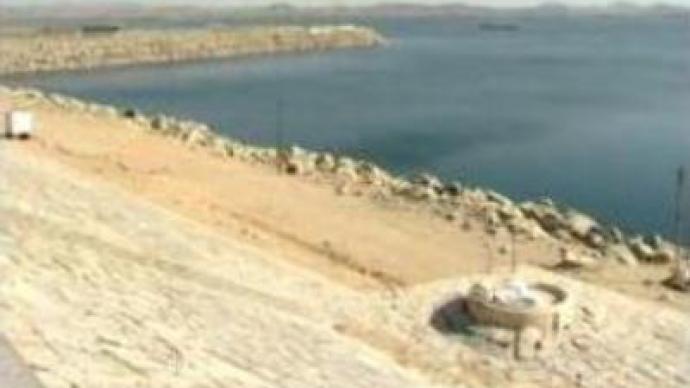Soviet Dam project continues to help Egyptians

The construction of the Aswan High Dam in Egypt assisted by the Soviet Union in the 1960s has made life in the country easier. Four KM long, with a hydroelectric power station, the Dam has become one of the most beneficial projects in Egypt.
For thousands of years the Nile flooded during the summer bringing nutrients that made the soil fertile for farming, but high or low floods, could cause loss of crops or famine. As the population grew, there came a pressing need to control the flood waters to protect farmland. When the first Aswan Dam, built at the end of the 19th century proved inadequate, an ambitious project was initiated, the Aswan High Dam. “In the past we used to lose between 40 and 150 BLN cubic metres of water each year which ended up in the Mediterranean. Now we have a strategic reserve for future generations, besides enabling us to generate electricity,” said Mohamed Talaat, Head of High Dam Authority in Aswan. At first, the US and Britain were to help finance construction, but both withdrew their offers for political reasons. Construction began in 1960 after the Soviet Union stepped in and provided assistance and four years later Nikita Khrushchev, the Soviet Leader, and Egypt's President, Nasser, pressed a button blowing up a huge sand barrage, diverting the Nile into a canal and allowing the next stage of the Dam to begin. A monument on top of the Dam in the form of a stylized lotus flower, the ancient symbol of Upper Egypt, commemorates Soviet-Egyptian cooperation. “Egypt and the Soviet Union signed a deal for the construction of the Dam stating that we would receive two loans to finish the first two phases. The Soviet Union took a great stand went it offered to help carry out the project. It also provided us with experts who helped the Egyptian engineers throughout the years of construction,” said Saad Nassar, Dam construction engineer. Damming the Nile created the world's largest man-made lake, Lake Nasser, which stretches over 500 KM. It threatened many historical monuments and necessitated the resettlement of 100,000 Nubians whose homeland south of Aswan would be submerged. They were taken by train and by boat to their new homes, carrying with them their belongings, even their livestock. Therefore, the Nubian Rescue Campaign was established under the auspices of UNESCO in which 50 different countries took part providing expertises of different kinds. Some monuments were moved, some temples and shrines were moved either to Sudan, or within Egypt – the most famous of these are the two temples of Ramses the Great.
You can share this story on social media:












